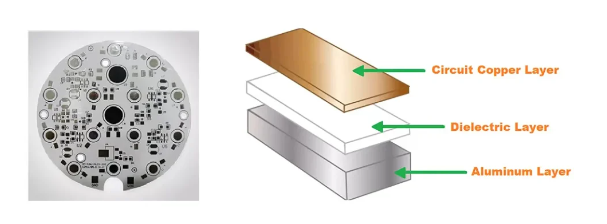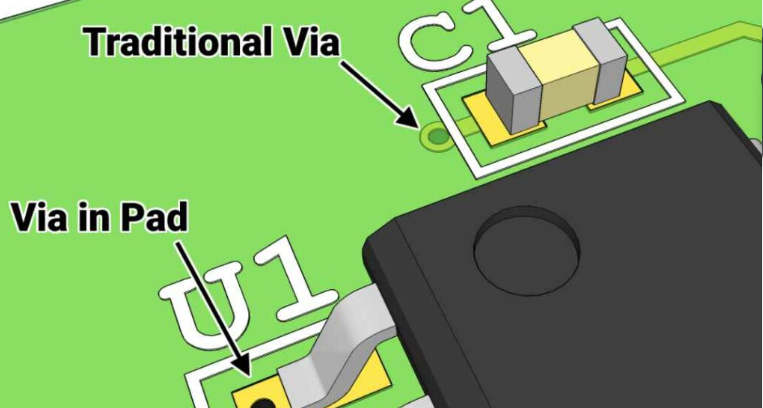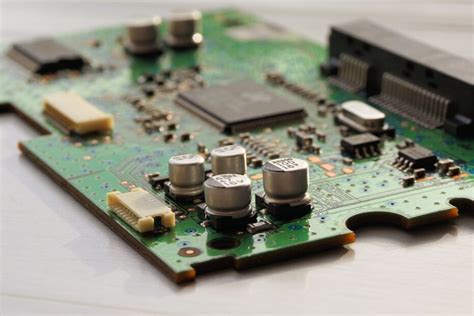Aluminum Core vs. Copper Core PCBs: A Comprehensive Comparison
Introduction
Printed Circuit Boards (PCBs) form the backbone of modern electronics, and their performance heavily depends on the materials used in their construction. While traditional PCBs typically use copper for conductive layers, alternative materials like aluminum have gained popularity in specific applications. This 2000-word article explores the key differences between aluminum core and copper core PCBs, examining their thermal properties, electrical characteristics, mechanical attributes, cost considerations, and typical applications.
1. Fundamental Composition and Structure
Aluminum Core PCBs
Aluminum-based PCBs, often called metal core PCBs (MCPCBs), feature a base layer made of aluminum alloy (typically 5052, 6061, or 1060 grades). This aluminum substrate serves as both the mechanical support and thermal conductor. The standard structure consists of:
- Aluminum base layer (1.0-3.2mm thick)
- Thermally conductive dielectric layer (50-200μm)
- Copper circuit layer (35μm-280μm)
- Solder mask and silkscreen layers
Copper Core PCBs
Traditional copper core PCBs use copper as both the conductive traces and, in some specialized designs, as the core material. The structure typically includes:
- Copper base layer (thickness varies by application)
- Dielectric material (often FR-4 or polyimide)
- Additional copper layers in multilayer designs
- Protective solder mask and markings

2. Thermal Management Characteristics
Thermal Conductivity Comparison
- Aluminum: 200-220 W/mK (depending on alloy)
- Copper: 385-401 W/mK (pure copper)
While copper demonstrates superior thermal conductivity, aluminum offers significant advantages over standard FR-4 materials (0.3-0.4 W/mK). This makes aluminum core PCBs particularly valuable in high-power LED applications and power electronics where heat dissipation is critical.
Heat Spreading Capability
Copper’s higher thermal conductivity allows for more efficient heat spreading, reducing localized hot spots. However, aluminum’s lower density (2.7 g/cm³ vs. copper’s 8.96 g/cm³) means it can provide adequate heat dissipation with less weight—an important consideration in aerospace and automotive applications.
Thermal Expansion Considerations
Aluminum’s coefficient of thermal expansion (CTE) is closer to that of ceramic chip carriers than standard FR-4 materials, reducing stress on components during thermal cycling. Copper’s CTE is lower than aluminum’s but still higher than many semiconductor materials.
3. Electrical Performance Differences
Conductivity Comparison
- Copper: 5.96×10⁷ S/m (100% IACS)
- Aluminum: 3.5×10⁷ S/m (61% IACS)
Copper’s superior conductivity means it can carry more current in the same cross-sectional area or achieve lower resistance in traces of equal dimensions. For high-frequency applications, copper’s lower resistivity reduces skin effect losses.
Signal Integrity Considerations
In high-speed digital or RF applications, copper PCBs generally offer better performance due to:
- Lower insertion losses
- Reduced signal attenuation
- Better impedance control
- Lower dielectric losses when paired with appropriate substrate materials
Electromagnetic Interference (EMI) Shielding
Both metals provide effective EMI shielding, but copper’s higher conductivity makes it slightly more effective at blocking electromagnetic interference. However, aluminum’s lighter weight often makes it the preferred choice when weight is a concern.

4. Mechanical Properties and Manufacturing
Weight Considerations
Aluminum’s density is about 30% that of copper, making aluminum core PCBs significantly lighter—an advantage in weight-sensitive applications like automotive and aerospace electronics.
Mechanical Strength
Copper offers greater tensile strength (200-250 MPa) compared to aluminum alloys (70-150 MPa). This makes copper cores more suitable for applications requiring mechanical robustness.
Machinability and Fabrication
Aluminum is generally easier to machine and cut than copper, potentially reducing manufacturing costs for certain designs. However, aluminum’s softer nature can make it more susceptible to handling damage during production.
Surface Treatment Options
Copper offers more surface treatment options (ENIG, HASL, OSP, etc.) for improved solderability and corrosion resistance. Aluminum requires specialized surface treatments to prevent oxidation and ensure proper solderability.
5. Cost Analysis and Availability
Material Costs
Aluminum is typically less expensive than copper (per unit weight), contributing to lower material costs for aluminum core PCBs. However, the total cost difference may be less significant when considering the entire manufacturing process.
Manufacturing Costs
Aluminum PCBs may require specialized equipment for processing, potentially offsetting some material cost savings. Copper processing is more standardized across the PCB industry.
Long-term Reliability Costs
While initial costs may favor aluminum, copper’s superior durability and conductivity may result in lower lifetime costs for certain applications, particularly those requiring high reliability over extended periods.
6. Reliability and Environmental Factors
Corrosion Resistance
Aluminum naturally forms a protective oxide layer, providing good corrosion resistance in many environments. Copper requires protective coatings to prevent oxidation and tarnishing.
Thermal Cycling Performance
Aluminum’s CTE better matches many electronic components, reducing stress during temperature fluctuations and potentially improving long-term reliability in applications with frequent thermal cycling.
Moisture Resistance
Both materials perform well when properly treated, though aluminum is generally more resistant to moisture-related degradation than copper.

7. Typical Applications
Aluminum Core PCB Applications
- High-power LED lighting systems
- Automotive electronics (especially power systems)
- Power converters and inverters
- Solar panel electronics
- Aerospace avionics (where weight is critical)
Copper Core PCB Applications
- High-frequency RF/microwave circuits
- High-current power electronics
- Precision analog circuits
- High-reliability military/aerospace systems
- High-performance computing applications
8. Hybrid Solutions
Some advanced PCB designs combine both materials, using:
- Aluminum substrates with thick copper layers for enhanced thermal and electrical performance
- Copper-inlaid aluminum designs for optimized thermal/electrical pathways
- Multilayer constructions with aluminum cores and copper signal layers
These hybrid approaches attempt to balance the advantages of both materials while mitigating their respective limitations.
9. Future Trends and Developments
Emerging technologies may further differentiate aluminum and copper core PCBs:
- Improved aluminum alloys with enhanced thermal and electrical properties
- Advanced copper plating techniques reducing costs
- Nanostructured materials combining benefits of both metals
- Environmentally-friendly alternatives influencing material selection
Conclusion
The choice between aluminum core and copper core PCBs depends on specific application requirements. Aluminum excels in thermal management applications where weight and cost are primary concerns, while copper remains superior for high-frequency, high-current, and high-reliability applications where performance outweighs cost considerations. Understanding these fundamental differences allows engineers to make informed decisions when selecting PCB materials for their designs.
As electronics continue to evolve, pushing performance boundaries while demanding greater efficiency, both aluminum and copper core PCBs will maintain important roles in electronic system design. The ongoing development of hybrid solutions and advanced materials promises to further expand the capabilities of both technologies in meeting future electronic challenges.






